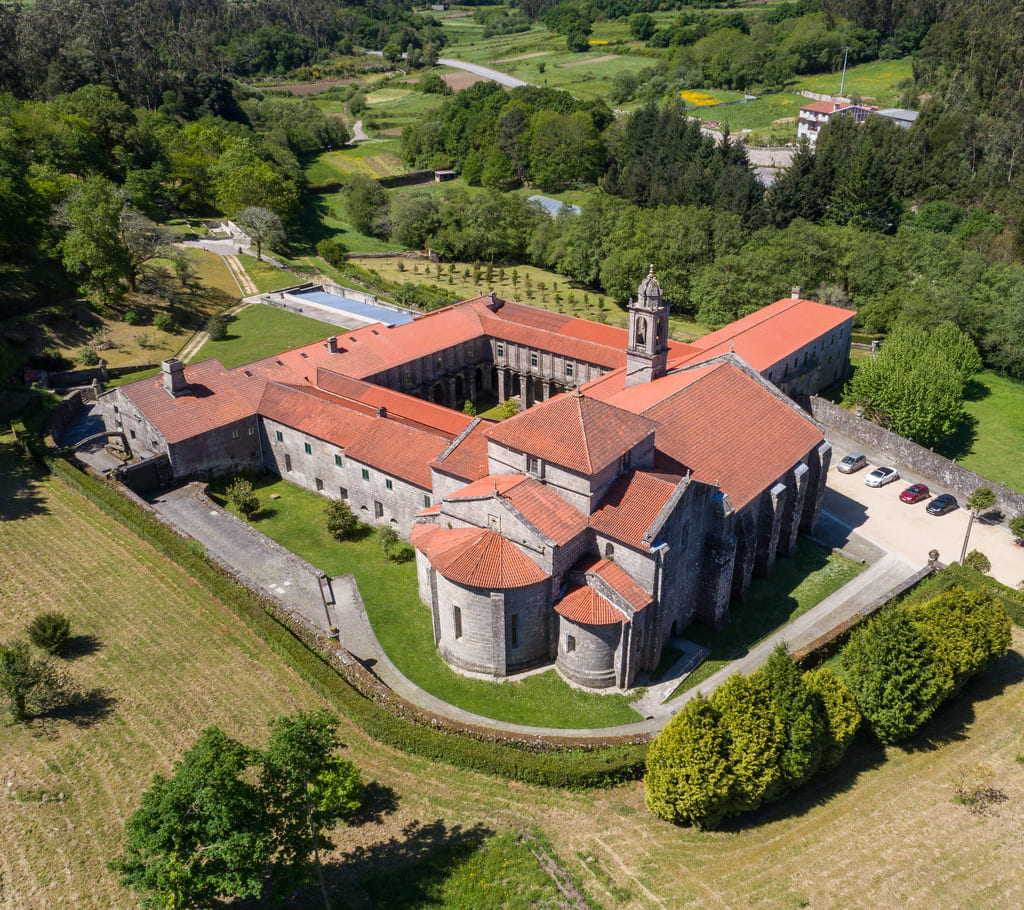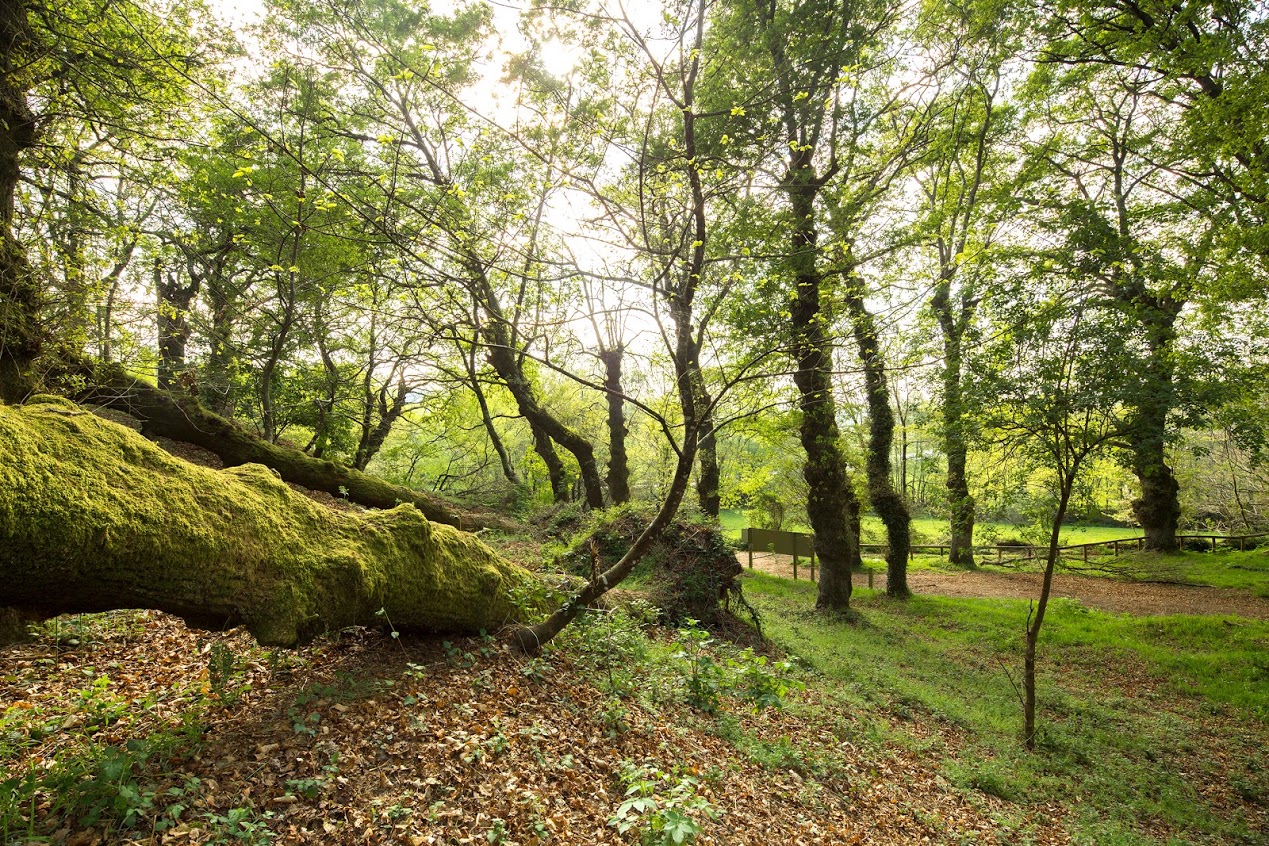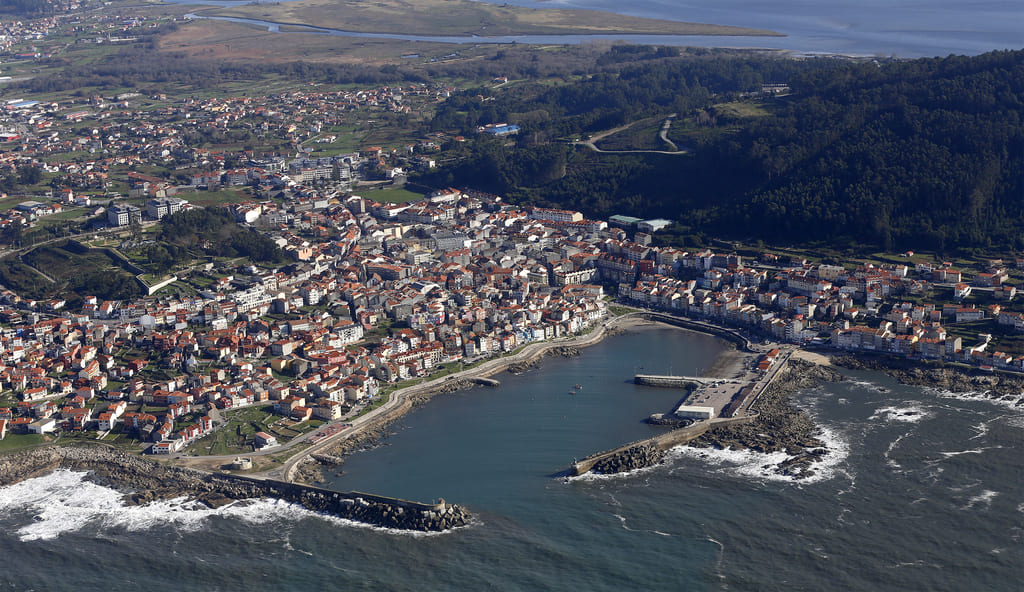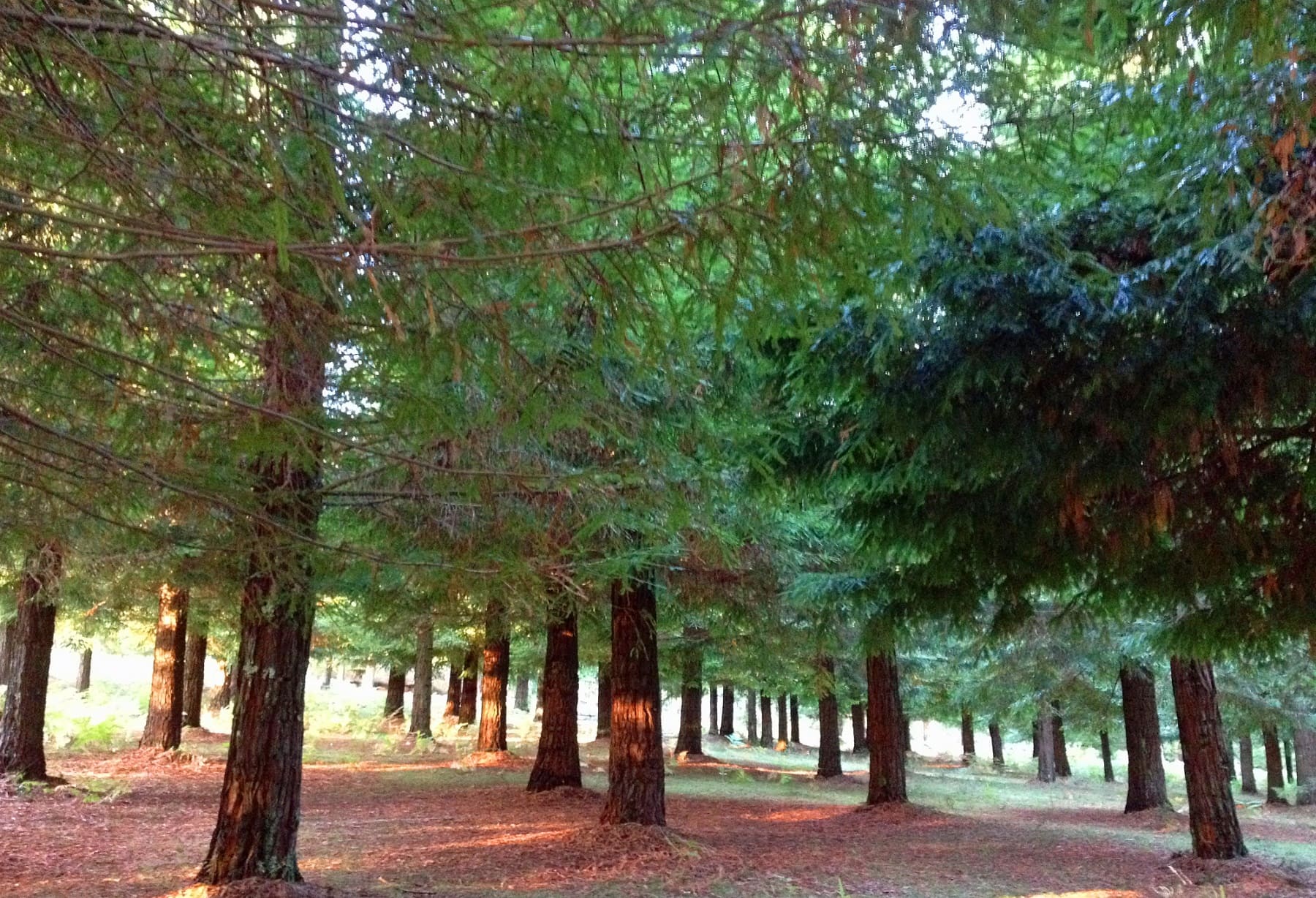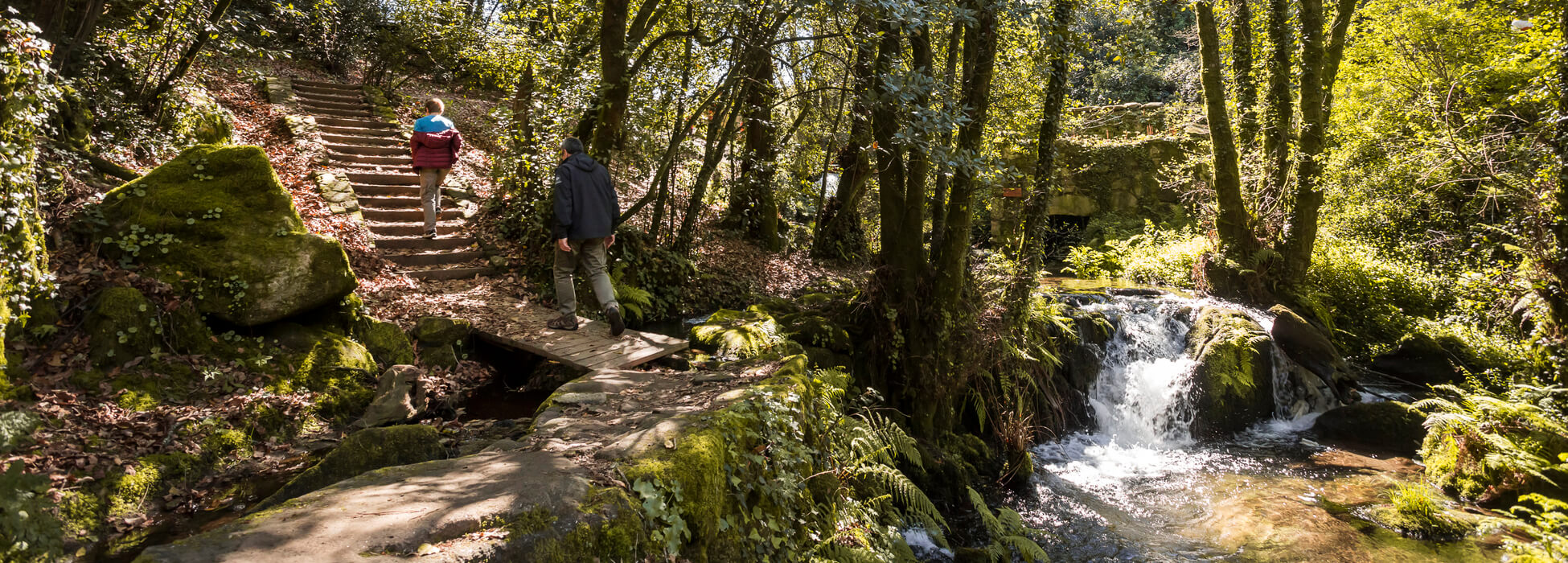
On the way to A Armenteira
Come and follow the route that ends at the Monastery of A Armenteira, a gem from the 12th-13th centuries, which was commissioned by the noble Ero. Today, this majestic building is perfectly preserved
In the very heart of the region of O Salnés, there is a hiking route that is an excellent option for those who want to enjoy nature and learn about the history of the rich religious heritage of the province of Pontevedra.
This 8-kilometre route runs along the banks of the Armenteira River and is surrounded by many leafy trees, passes through vineyards and centenary mills and ends at the stairs of the majestic Monastery of Santa María da Armenteira.
Those eager for experiences can start the trail in the town of Barrantes and pass through the parish of San Martiño de Meis to reach the Cistercian building erected by the noble Ero in 1149.
Monks devoted to pray and work lived in this monastery for about 700 years, and in 1837, after the Spanish confiscation, they had to leave the place. Its church is a treasure from the 12th-13th centuries, built in the Galician Romanesque style although with a transition style to Gothic.
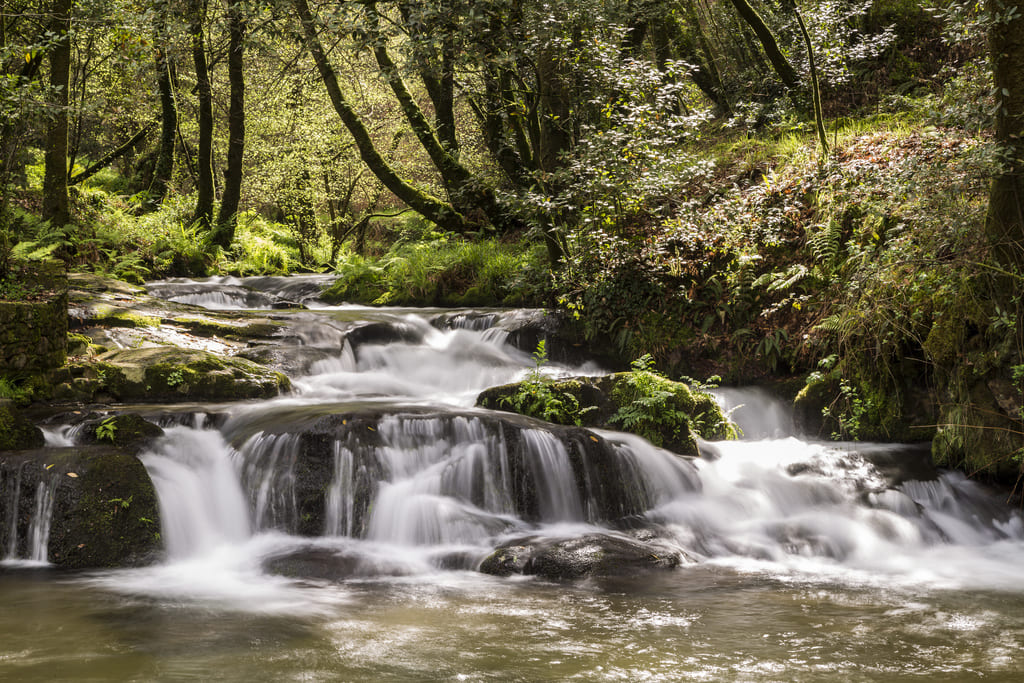
A place filled with legend
Don Ero de Armenteira is the protagonist of a famous legend, who appears in the Cantigas (medieval poems set to music) of King Alfonso X the Wise. History has it that this elderly monk took a walk in the nearby woods one morning and was spellbound by a birdsong. He would remain in that state for 300 years, but on his return to the monastery, believing that only a few hours had gone by, he found that everything had changed and the monks only knew who he was from what had been written and told about his disappearance.
The monastery is surrounded by a stunning landscape. It is the final stage of one of the most famous trails in Galicia due to its beauty and uniqueness. In addition, it was the former path followed by the locals to get to A Armenteira on Easter Sunday. Today, the festivity is held on Easter Monday and thousands of locals from the region of O Salnés go on pilgrimage to Nosa Señora das Cabezas (Our lady of Cabeza), attributed with healing powers for the migraine.
In the most walked section, between Ribadumia and Meis, the trail passes by the mills of Serén, of which many have been restored
The most walked section of the trail, between the towns of Ribadumia and Meis, is called Ruta da Pedra e da Auga (The Route of Stone and Water) and passes by the mills of Serén, of which many have been restored. A must-stop on this journey is the Aldea Labrega, a stone peasant village with sculptures made by the School of Masonry of the Deputación de Pontevedra.









